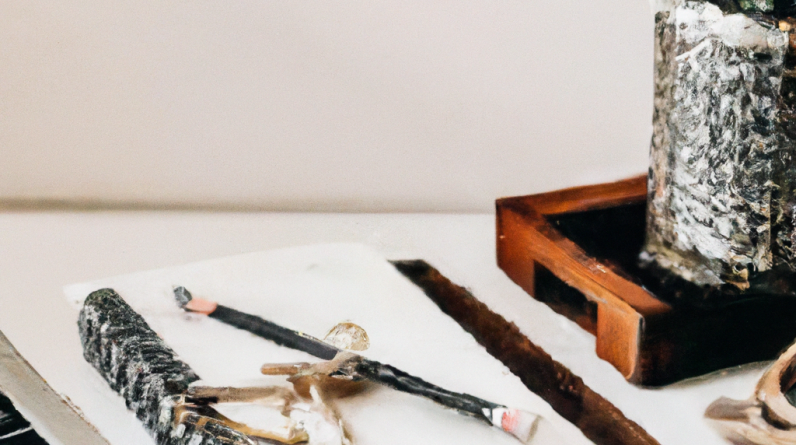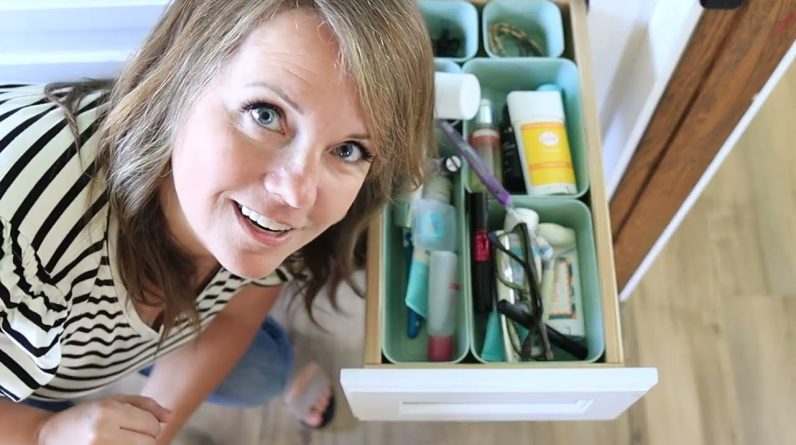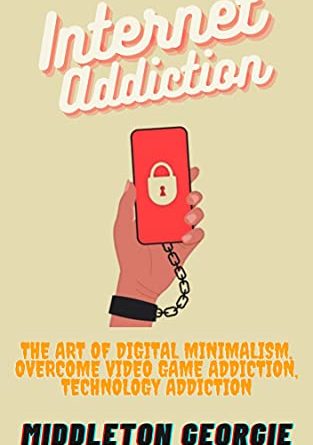
In today’s fast-paced world, where digital devices have become an integral part of our daily lives, it’s easy to feel overwhelmed and cluttered with the constant influx of information. However, there is a growing movement called “The Art of Digital Minimalism” that offers a refreshing perspective. This approach encourages individuals to declutter their digital lives by consciously and intentionally setting boundaries with technology, ultimately leading to a more balanced and fulfilled existence. By embracing digital minimalism, you can regain control over your digital habits and create a space for more meaningful connections and experiences in your life.
Table of Contents
The Art of Digital Minimalism
In a world dominated by digital devices and constant connectivity, finding peace and simplicity can feel like a daunting task. However, there is a growing movement that offers a solution – digital minimalism. This practice advocates for intentional and mindful use of technology while eliminating digital distractions and clutter. By embracing the principles of digital minimalism, you can create a healthier relationship with technology, enhance your focus and productivity, and improve your overall well-being.
What is Digital Minimalism?
Defining Digital Minimalism
Digital minimalism is a philosophy and lifestyle that encourages individuals to be intentional with their use of technology and to consciously reduce digital clutter and distractions from their lives. It is about finding a balance between our digital tools and the activities that bring us joy and fulfillment. Instead of mindlessly scrolling through social media or constantly checking our smartphones, digital minimalism encourages us to be more deliberate in our choices and prioritize what truly matters to us.
Benefits of Digital Minimalism
Digital minimalism offers a variety of benefits that can greatly improve our lives. By intentionally reducing our digital consumption and implementing boundaries, we reclaim our time and attention. This intentional use of technology allows us to focus on what truly matters, leading to enhanced productivity and improved overall well-being. Furthermore, digital minimalism can strengthen our relationships, as we are more present and engaged with the people who matter most to us. It also reduces the impact of electronic waste, promoting a more sustainable future.

This image is property of Amazon.com.
Principles of Digital Minimalism
Intentional technology use
Being intentional with our technology use means actively choosing how we engage with digital devices and applications. It involves setting goals and priorities, and consciously making decisions about what we allow into our digital lives. By identifying which technologies truly add value to our lives and align with our goals, we can focus our time and energy on what matters most and eliminate unnecessary distractions.
Eliminating digital distractions
Digital distractions are everywhere in our modern world, vying for our attention and preventing us from being fully present. Digital minimalism emphasizes the importance of eliminating unnecessary distractions by decluttering our digital spaces. This can involve uninstalling unnecessary apps, turning off notifications, or setting dedicated technology-free zones or periods of time. By removing the constant influx of interruptions, we can regain control over our attention and focus on the tasks and experiences that truly matter to us.
Mindful consumption of digital content
Mindful consumption of digital content involves being selective and intentional about the information we consume. It means curating our digital environments to align with our values and interests, and actively seeking out content that inspires, educates, and motivates us. By practicing mindful consumption, we can avoid falling into mindless scrolling or getting caught in online echo chambers, and instead find content that genuinely enriches our lives.
Creating a Digital Minimalism Routine
Assessing your current digital habits
Before embarking on your digital minimalism journey, it is important to assess your current digital habits. Take the time to reflect on how you are currently engaging with technology and the impact it has on your life. Ask yourself questions like: How much time do I spend on my smartphone? Which apps or websites do I frequent the most? Do I feel like my technology use aligns with my goals and values? By gaining a clear understanding of your habits, you can identify areas that need improvement and set specific goals for your digital minimalism routine.
Decluttering your digital space
Imagine your digital space as a cluttered room – filled with countless apps, files, and notifications that compete for your attention. Just like decluttering a physical space, decluttering your digital realm is essential for achieving digital minimalism. Start by deleting unnecessary apps and unsubscribing from emails and newsletters that no longer serve you. Organize your files and bookmarks in a way that makes them easily accessible and declutter your desktop. By clearing out the unnecessary digital clutter, you create a more focused and intentional digital environment.
Establishing technology boundaries
Establishing technology boundaries is a crucial element of digital minimalism. Define specific rules and limitations for your technology use to ensure it remains in line with your goals and values. Set designated times during the day for technology-free activities or establish specific areas in your home where technology is not allowed. Additionally, consider implementing “do not disturb” features on your devices during certain hours or when engaged in important tasks. By setting these boundaries, you create a healthier relationship with technology and regain control over your time and attention.
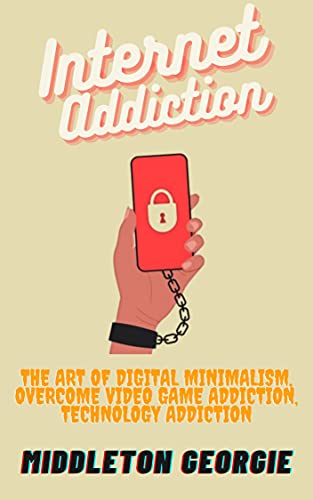
This image is property of Amazon.com.
Digital Minimalism Strategies
Digital Detox: Taking a Break from Technology
A digital detox involves intentionally disconnecting from your devices and taking a break from technology for a set period of time. This could range from a few hours to a few days or even an extended vacation. During this time, engage in activities that do not require screens, such as reading a book, engaging in physical exercise, or spending quality time with loved ones. A digital detox allows you to reset, recharge, and gain clarity away from the constant stream of digital stimuli.
Digital Declutter: Streamlining Your Digital Life
Similar to decluttering a physical space, a digital declutter involves systematically organizing and streamlining your digital life. Start by deleting unused apps, clearing out old emails and files, and organizing your digital workspace. Unsubscribe from newsletters and notifications that are no longer relevant or helpful. Take the time to assess your digital subscriptions and memberships, canceling those that no longer serve you. By streamlining your digital life, you reduce distractions and create a more focused and intentional digital environment.
Digital Sabbath: Setting Aside Regular Time Off
A digital Sabbath encompasses setting aside regular periods of time where you intentionally disconnect from technology, similar to a day of rest. This could be a few hours each evening, a full day each week, or a longer period of time each month. Use this time to engage in activities that bring you joy and fulfillment, such as pursuing hobbies, spending time in nature, or engaging in face-to-face interactions with loved ones. By setting aside this designated time off, you allow yourself to recharge and rejuvenate without the constant demands of technology.
Digital Minimalism in Practice
Optimizing Smartphone Usage
Smartphones have become an integral part of our lives, but they can also be a significant source of distraction and time-wasting. To optimize smartphone usage, consider implementing strategies such as decluttering your home screen by organizing and limiting the number of apps displayed, disabling notifications for non-essential apps, and using productivity apps that help you prioritize and manage your time effectively. By taking control of your smartphone usage, you can transform it into a helpful tool rather than a constant source of distraction.
Streamlining Social Media
Social media platforms provide endless opportunities for connection and information sharing, but they can also be overwhelming and time-consuming. To streamline your social media experience, be intentional about the platforms you choose to engage with and the content you consume. Unfollow accounts that do not align with your values or add value to your life. Set specific time limits for social media usage and use tools such as app blockers or website blockers to enforce those limits. By streamlining your social media experience, you create a more intentional and positive online environment.
Mindful Online Information Consumption
In an age of information overload, it is crucial to be mindful of the content we consume online. Practice discernment and critical thinking when reading articles or watching videos, and be aware of the potential biases or misinformation that may be present. Consider diversifying your sources of information to gain a broader perspective and avoid getting caught in online echo chambers. Allocate specific times for information consumption, rather than mindlessly scrolling throughout the day. By practicing mindful online information consumption, you cultivate a more informed and balanced digital life.
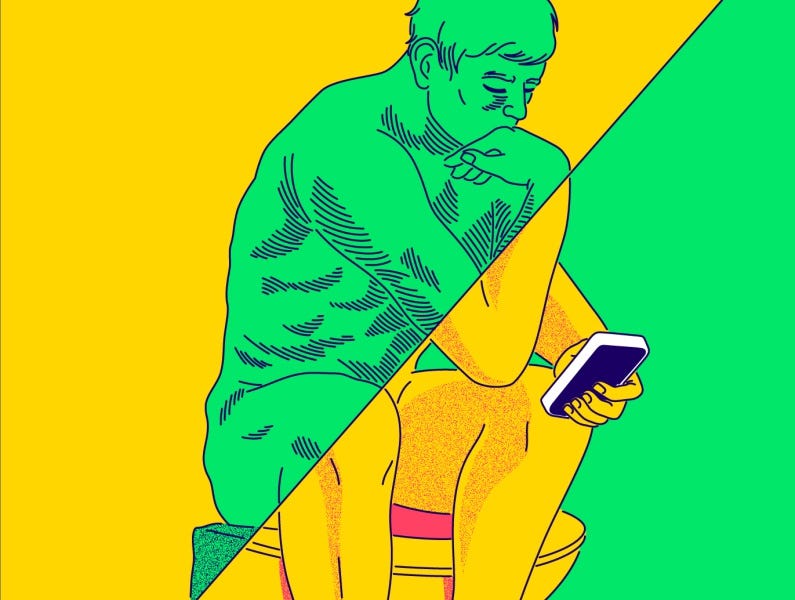
This image is property of miro.medium.com.
The Impact of Digital Minimalism
Improved Focus and Productivity
By embracing digital minimalism, you can significantly enhance your focus and productivity. By eliminating distractions and setting boundaries, you create an environment that promotes deep work and concentration. With fewer interruptions, you can allocate your time and attention to the tasks that truly matter, leading to increased efficiency and output.
Enhanced Mental Wellbeing
Digital minimalism can have a profound impact on our mental well-being. By taking control of our technology use and intentionally curating our digital spaces, we reduce feelings of overwhelm and anxiety. The practice of minimizing digital distractions allows for greater presence and mindfulness, fostering a sense of calm and contentment.
Stronger Relationships and Better Time Management
Digital minimalism prioritizes real-world connections and experiences over virtual interactions. By setting boundaries on technology use and being fully present in our relationships, we can foster deeper connections and strengthen our relationships with loved ones. Additionally, by reclaiming our time and reducing time wasted on mindless scrolling, we can allocate more time for meaningful activities and personal growth.
Challenges of Digital Minimalism
Overcoming FOMO (Fear of Missing Out)
One of the challenges of digital minimalism is overcoming the fear of missing out (FOMO). We often feel compelled to constantly check our devices in fear of missing out on important updates, news, or social events. To combat FOMO, it is important to remind yourself of the benefits of digital minimalism – increased focus, reduced anxiety, and stronger relationships. Embrace the idea that by disconnecting from the digital world, you are gaining so much more in terms of personal growth and fulfillment.
Dealing with Social Pressure
In a world where being constantly connected is the norm, practicing digital minimalism may be met with resistance or social pressure from others. Friends and family members may not understand or support your decision to limit your technology use. It is important to stay true to your values and goals, and remember that practicing digital minimalism is a personal choice that positively impacts your well-being. Communicate your intentions with loved ones and educate them about the benefits it brings to your life.
Maintaining Consistency in the Digital Age
Consistency is key to maintaining the benefits of digital minimalism, but it can be challenging in a world saturated with digital devices and constant connectivity. It is important to regularly assess and reassess your digital habits and make adjustments as needed. Stay mindful of your technology use, establish regular routines and boundaries, and be open to adapting your digital minimalism practices as circumstances change. By staying committed and adaptable, you can maintain a balanced and intentional digital lifestyle.

This image is property of bemorewithless.com.
Digital Minimalism for a Sustainable Future
Reducing Electronic Waste
Digital minimalism promotes a more sustainable future by reducing electronic waste. By minimizing unnecessary technology purchases and extending the lifespan of our devices, we contribute to the reduction of electronic waste. When upgrading devices, consider donating or recycling the old ones responsibly. By reducing our consumption of digital devices, we reduce the environmental impact associated with their production and disposal.
Promoting Digital Literacy
Digital minimalism also encourages the promotion of digital literacy. By being intentional with our technology use and seeking out meaningful and educational content, we contribute to our own digital literacy and understanding. Sharing our knowledge and experiences with others can help bridge the digital divide and empower individuals to make informed decisions about their technology use.
Balancing Technology and Nature
Digital minimalism emphasizes the importance of finding balance between our digital lives and our connection with nature. By spending less time on screens and more time in nature, we engage in activities that promote our physical and mental well-being. Whether it’s going for a hike, spending time in a park, or simply enjoying a walk in nature, finding this balance enriches our lives and fosters a deeper appreciation for the natural world.
Final Thoughts
As our world becomes increasingly digital, digital minimalism offers a refreshing and necessary perspective. By intentionally curating our digital lives, eliminating distractions, and setting boundaries, we can regain control over our time, attention, and well-being. The art of digital minimalism is about finding balance – embracing the benefits of technology while also being mindful of its potential pitfalls. By practicing digital minimalism, you can create a healthier relationship with technology and live a more intentional, fulfilling life.
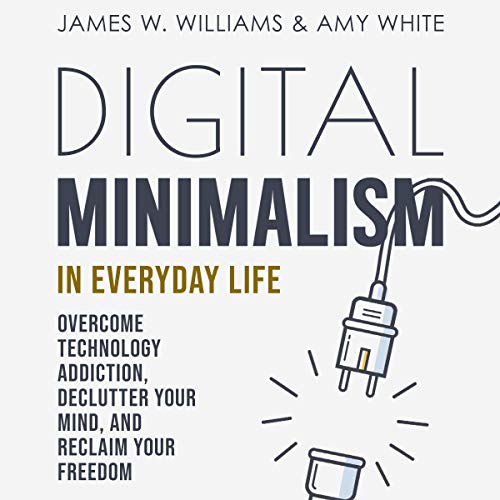
This image is property of Amazon.com.






